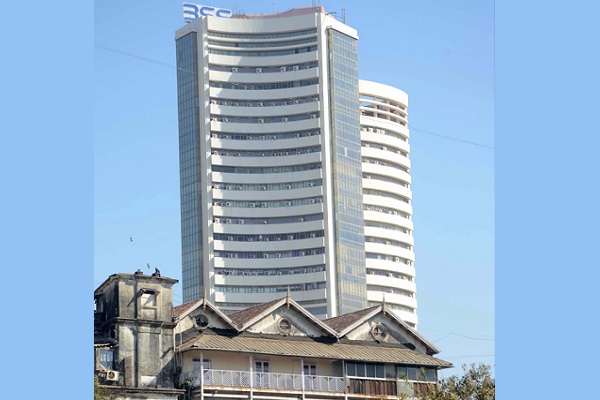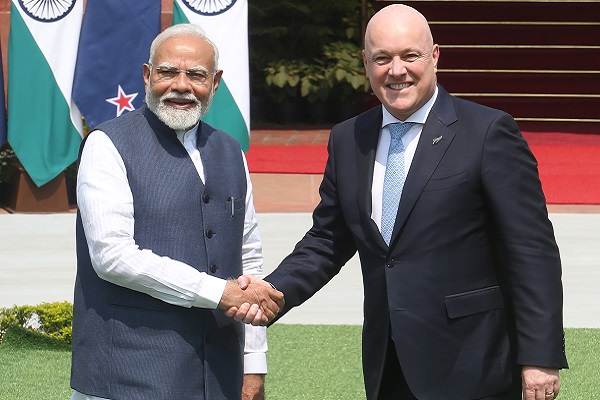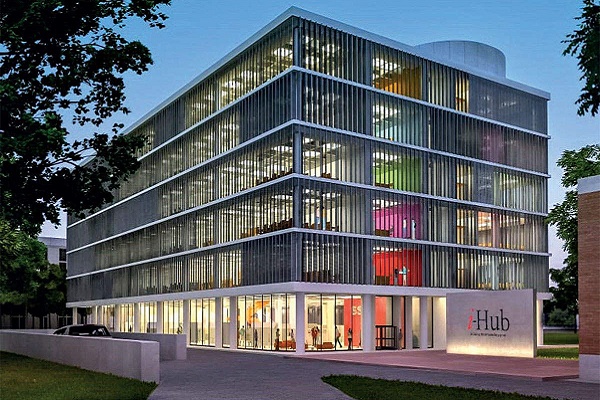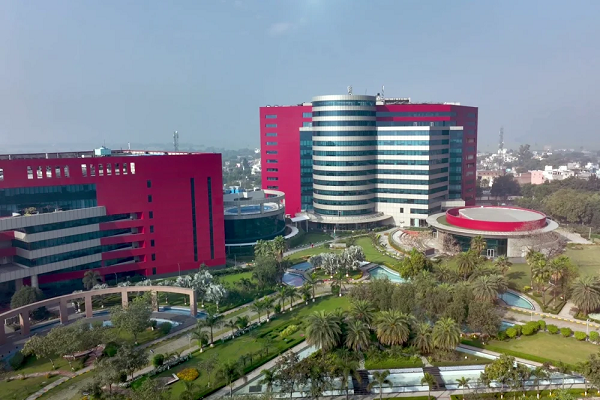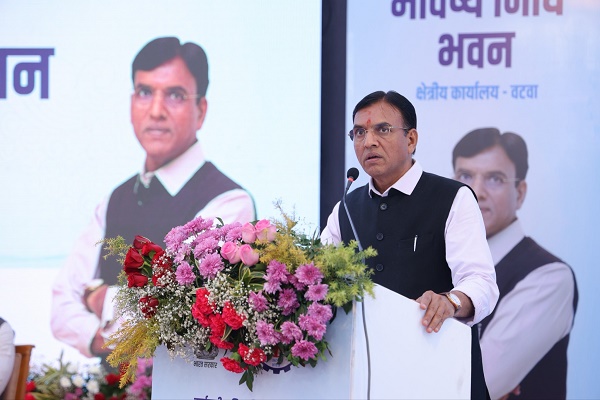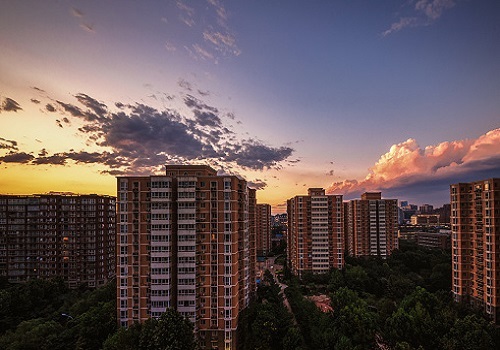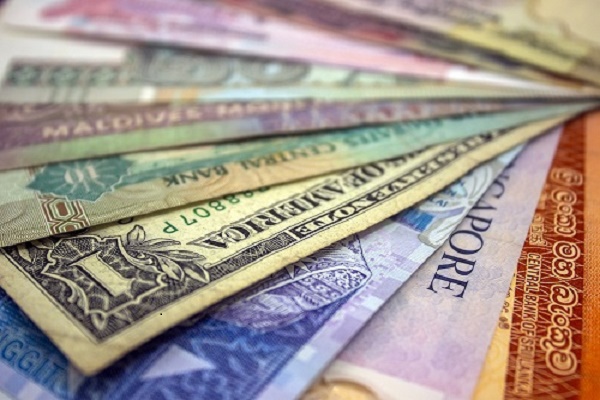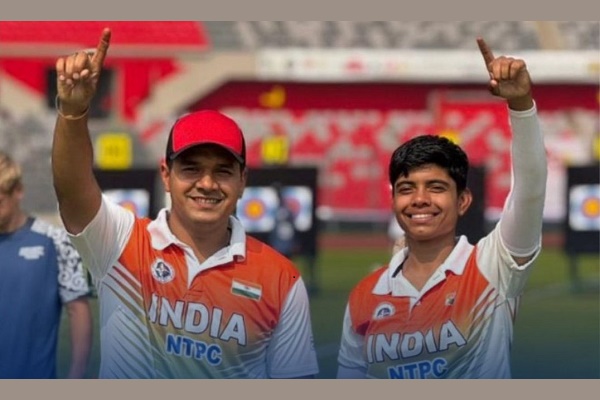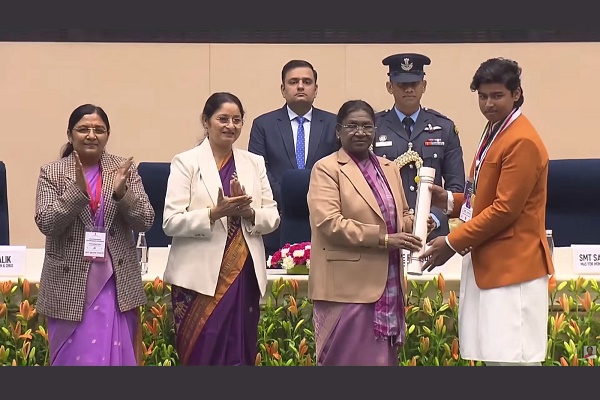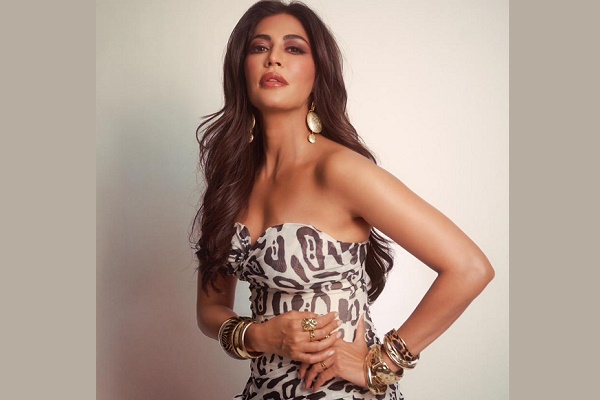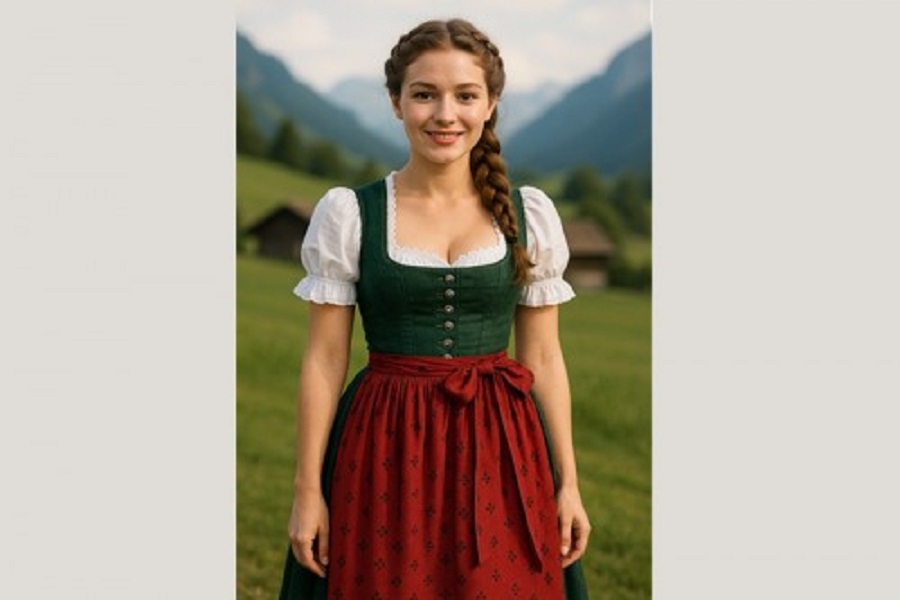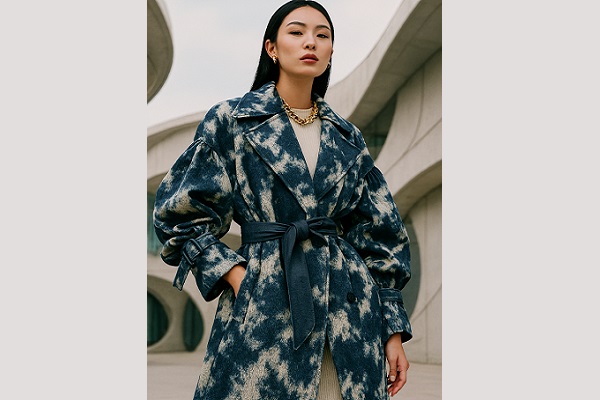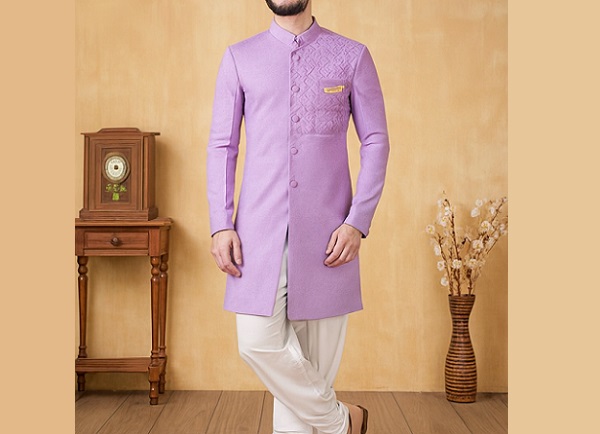Fashion Catwalk: The Glamorous Heart of Runway Style
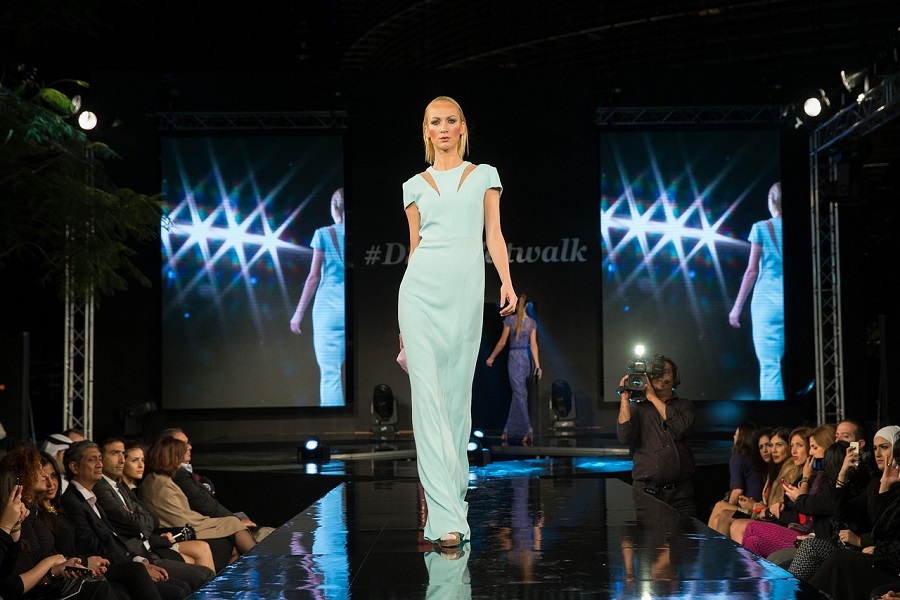
The fashion catwalk, also known as the runway, is the dazzling centerpiece of the global fashion industry. It’s where designers unveil their latest creations, where trends are born, and where fashion meets art in a visual spectacle. A catwalk is not merely a stage; it’s a storytelling platform, a statement of style, and a cultural mirror reflecting society’s evolving tastes and values.
Origins of the Fashion Catwalk
The concept of showcasing garments in front of an audience dates back to 19th-century Paris, where designer Charles Frederick Worth invited clients to view his designs on live models. Over time, these presentations evolved into elaborate runway shows that define today’s fashion weeks across New York, Paris, Milan, and London.
Structure of a Catwalk Show
A typical catwalk show lasts about 10–20 minutes, but months of planning go into its production. Here's what makes it extraordinary:
Models: Selected for their unique looks and ability to express the brand’s vision.
Lighting and Music: Sets the mood, complements the collection’s theme, and enhances audience experience.
Set Design: Some designers opt for minimalism, while others create elaborate stages that reflect the concept of the collection.
Garments: Each piece is carefully styled to showcase cuts, fabrics, textures, and movements.
Fashion Weeks: The Ultimate Catwalk Platforms
Fashion weeks are biannual events where top designers present their Spring/Summer and Fall/Winter collections. The "Big Four" (New York, London, Milan, Paris) are the most prestigious, but cities like Tokyo, Mumbai, and São Paulo are also gaining international recognition.
The Power of the Catwalk
Trendsetting: What walks the runway today influences retail stores tomorrow.
Cultural Commentary: Designers often use the platform to make statements on gender, politics, sustainability, and more.
Emerging Talent: New designers can gain global exposure through catwalk debuts.
Celebrity and Media Influence: A-list guests, influencers, and media amplify the show’s impact through social media and press coverage.
Catwalk Evolution: From Physical to Digital
With the rise of digital media and the COVID-19 pandemic, virtual fashion shows have become popular. Augmented reality (AR), 3D design, and livestreaming allow designers to reach global audiences, making fashion more inclusive and accessible.
Conclusion
The fashion catwalk is more than a runway—it's an evolving canvas of creativity and expression. Whether it’s a minimalist stage in Paris or a digital showcase streamed globally, the catwalk remains the soul of fashion innovation. It’s where fantasy walks, inspiration flows, and style comes to life.

